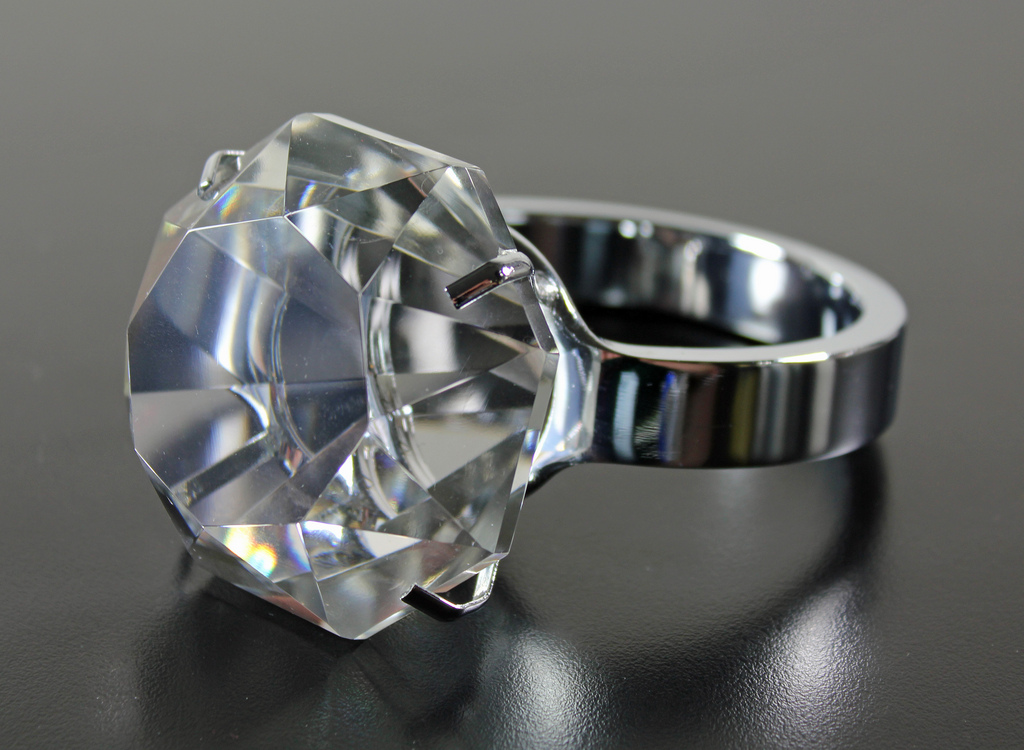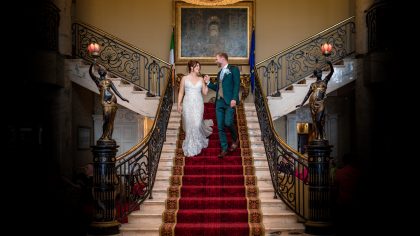
So you’ve found the person of your dreams and you’ve decided to get married – congratulations!
Now you have to take the next step and buy the all-important engagement ring. Whether you decide to do it with your partner or by yourself, you will want to make sure that you get the perfect ring. This ring will be the symbol of your love, a token of your commitment, and of course it will be flaunted to family, friends and neighbours who will undoubtedly pass judgment on every aspect of this important piece of jewellery! Sound daunting? Well it doesn’t have to be. With a little bit of information about what to look for in an engagement ring, you’ll be sure to achieve your quest with ease.
Firstly, you will need to consider your bride-to-be’s personal taste. Take note of the type of jewellery she wears, for example, does she wear yellow gold or silver jewellery? If she wears yellow gold then you should choose a yellow gold engagement ring. If your partner prefers silver jewellery, then you should consider white gold or platinum engagement rings. Also, does your partner prefer simple jewellery or more extravagant pieces? Does she prefer modern or more traditional pieces? This will have an impact on the final design you choose for the engagement ring.
The Engagement Ring: The Three C’s
The vast majority of engagement rings contain diamonds, and it is important for you to understand some of the basic terminology that you may come across when purchasing a diamond engagement ring.
Diamonds are graded according to the four C’s – Cut, Colour, Clarity and Carat.
Cut
The cut of a diamond refers to how it is shaped (or cut) by the jeweller. A diamond’s cut is crucial to its overall look and to how it sparkles. There are eight main diamond shapes – emerald, heart, marquis, oval, pear, princess, radiant and round cut. It is the skill with which these shapes are cut that should be considered as opposed to the shape itself. A well cut diamond should maximise the amount of light that enters it allowing it to sparkle brilliantly.
Colour
Colourless diamond are the most desirable since they allow the most light to be reflected. However, they are extremely rare and therefore have a greater price tag! In terms of colour, diamonds are graded alphabetically – diamonds graded between ‘D’ and ‘I’ are considered colourless or near colourless.
Clarity
Most diamonds contain inner flaws that develop during their formation. The visibility, number and size of these inclusions determine a diamond’s clarity. Diamonds are graded from Flawless (no inclusions) to Included 3 (possesses large inclusions visible to the naked eye). The fewer inclusions a diamond has, the more valuable it is considered.
Carat
Diamond weight is measured in carats. When it comes to buying a diamond engagement ring, it is the carat that will determine the size of the diamond. Generally speaking, the bigger the carat, the more expensive the diamond will be. In most cases, your budget will determine the size of the diamond that you will purchase. Be careful not to confuse carat with karat which is how the fineness of gold is measured.
If diamonds are not for you, why not go for something a little different (provided you think that this is something your bride-to-be will appreciate!) and consider a gemstone other than a diamond? Ruby, emerald and sapphire are all beautiful gemstones which would look stunning as the centre stone or as side stones in an engagement ring.
This will be one of the biggest purchases you will make in your life. It is important that you take your time and not rush into your selection. Do not be pushed into a purchase and make sure to do your homework – afterall, it is a once in a lifetime purchase!






